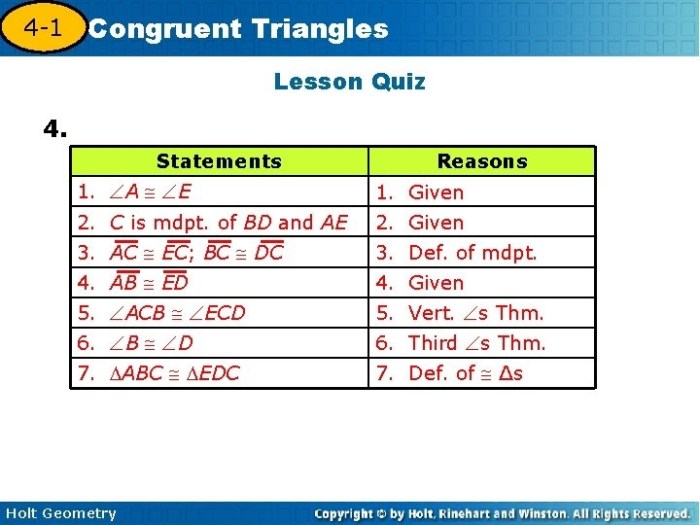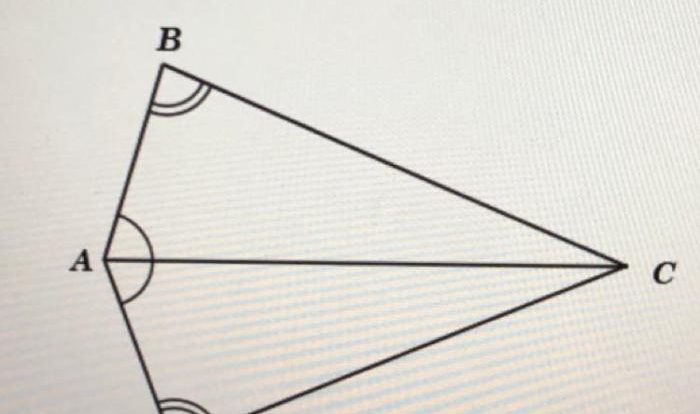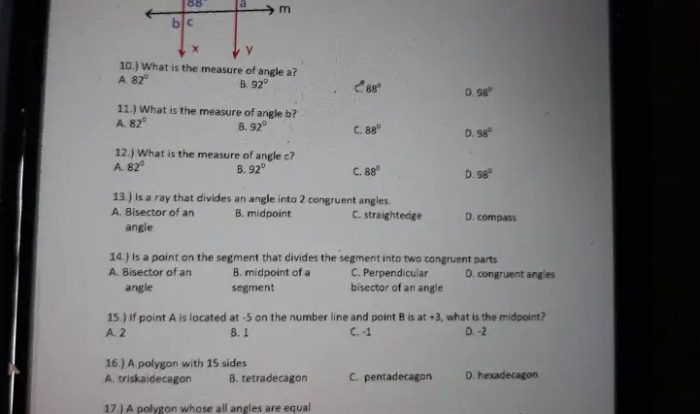Geometry 1.2 Practice A Answer Key unlocks the gateway to geometric proficiency, empowering learners with a comprehensive understanding of fundamental concepts and their practical applications. Delve into the realm of points, lines, planes, and angles, as we unravel the intricate relationships that govern geometric shapes and explore the transformative power of symmetry.
Embark on a journey through the fascinating world of geometry, where precise measurements and calculations unveil the hidden dimensions of our surroundings. Discover how geometric principles shape the architectural marvels, engineering feats, and artistic creations that define our world.
1. Key Concepts and Definitions
Geometry is the branch of mathematics that deals with the properties and relationships of figures in space. In Unit 1.2, we will explore the fundamental concepts of geometry, including points, lines, planes, and angles. We will also define key terms such as parallel, perpendicular, and congruent.
1.1 Points, Lines, and Planes
A point is a location in space that has no size or shape. A line is a straight path that extends infinitely in both directions. A plane is a flat surface that extends infinitely in all directions.
1.2 Angles
An angle is formed by two rays that share a common endpoint. The measure of an angle is the amount of rotation from one ray to the other. Angles are measured in degrees, and a full rotation is 360 degrees.
2. Geometric Properties and Relationships

There are many different geometric shapes, each with its own unique properties and relationships. The following table summarizes some of the most common geometric shapes and their properties:
| Shape | Properties |
|---|---|
| Triangle | – 3 sides
Congruent sides equilateral Congruent angles isosceles |
| Square | – 4 equal sides
|
| Circle | – No sidesNo angles
Radius distance from center to any point on the circle
|
3. Measurement and Calculations: Geometry 1.2 Practice A Answer Key
In geometry, we often need to measure and calculate the length, area, and volume of different geometric figures. The following formulas can be used to perform these calculations:
3.1 Length
The length of a line segment is the distance between its two endpoints. The formula for length is:
length = √((x2
- x1)^2 + (y2
- y1)^2)
where (x1, y1) and (x2, y2) are the coordinates of the two endpoints.
3.2 Area, Geometry 1.2 practice a answer key
The area of a geometric figure is the amount of space it occupies. The following table provides the formulas for the area of some common geometric figures:
| Shape | Formula |
|---|---|
| Triangle | A = 1/2
|
| Square | A = side^2 |
| Circle | A = πr^2 |
Question & Answer Hub
What is the significance of points, lines, and planes in geometry?
Points represent specific locations in space, lines extend infinitely in one dimension, and planes extend infinitely in two dimensions. These elements form the building blocks of all geometric shapes.
How do I calculate the area of a triangle?
The area of a triangle is given by the formula: Area = (1/2) – base – height.
What is the Pythagorean theorem?
The Pythagorean theorem states that in a right triangle, the square of the hypotenuse (the longest side) is equal to the sum of the squares of the other two sides.

